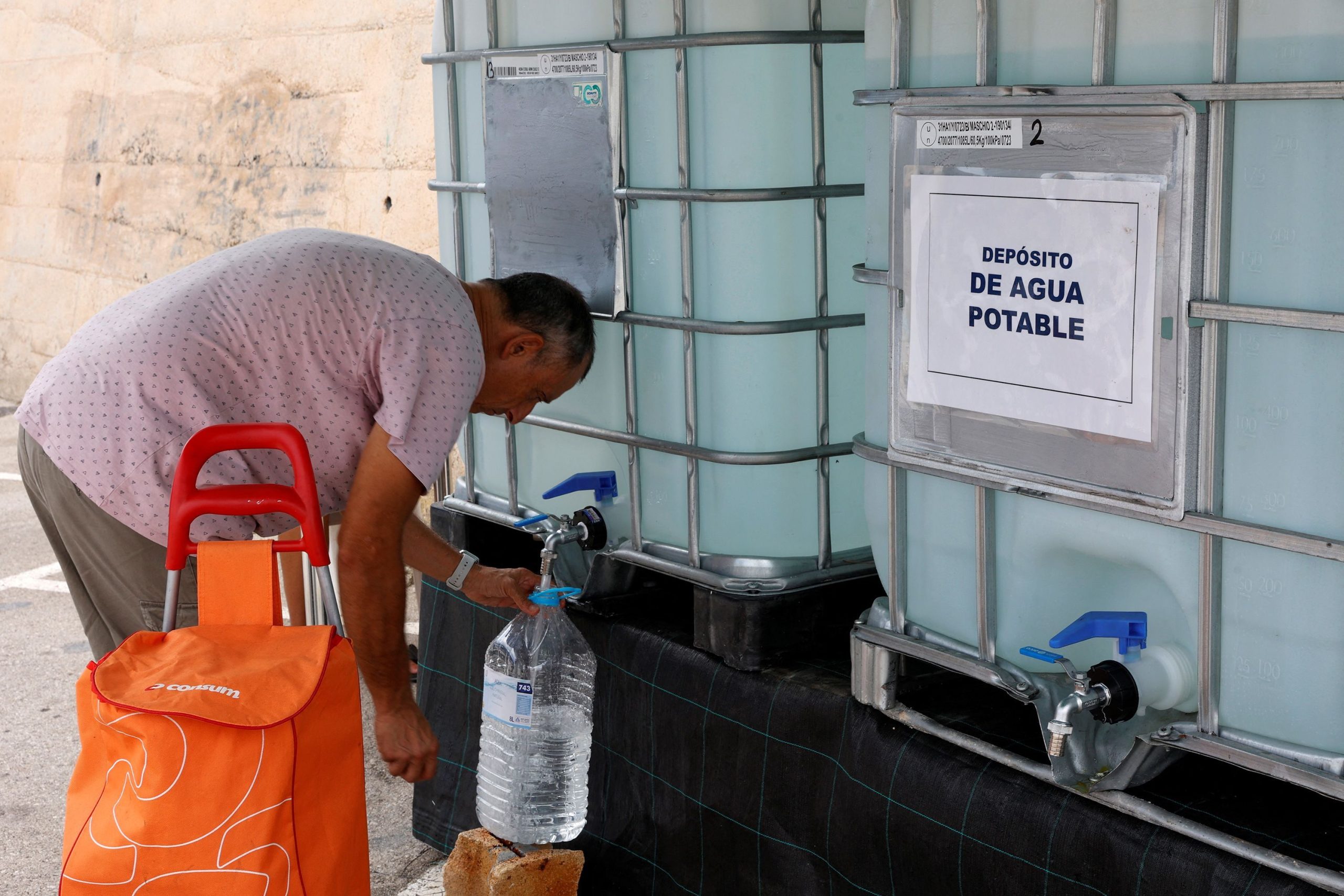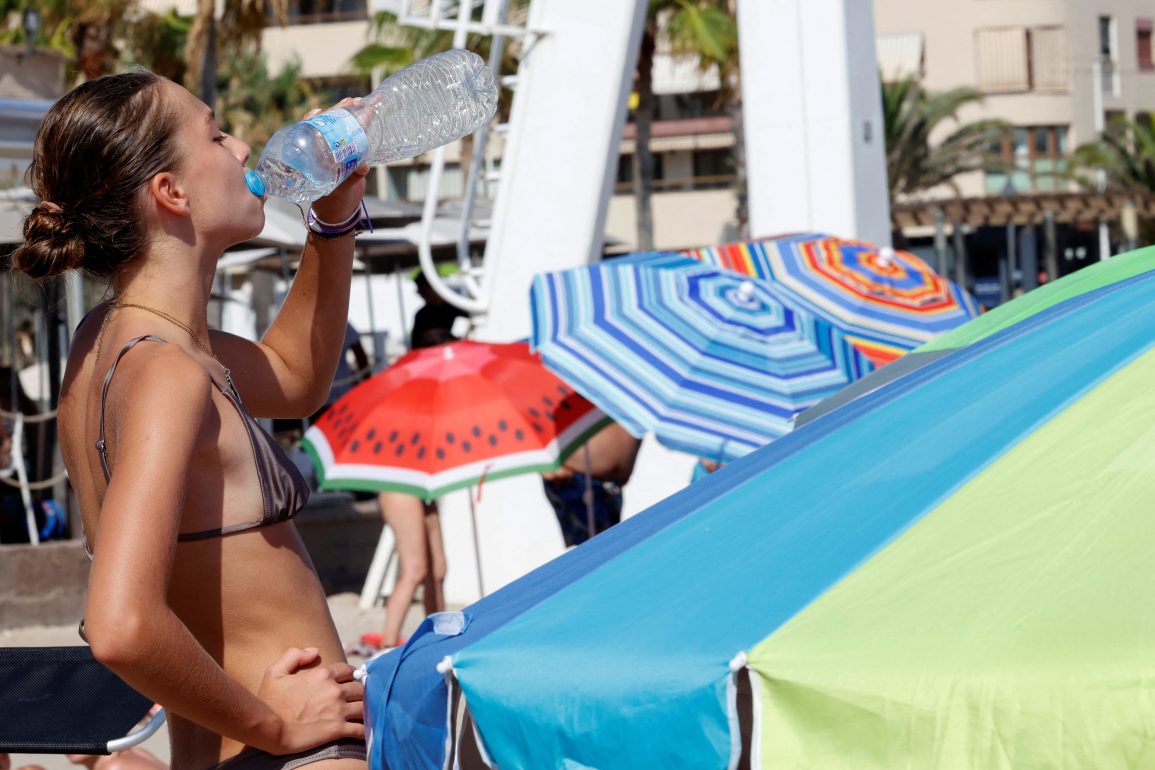Parts of the Costa Blanca in southeastern Spain are facing a severe water crisis as tap water has become undrinkable due to high salt levels, forcing residents and tourists to rely on bottled or tanked-in water. This situation has arisen from prolonged drought, which has drastically reduced groundwater levels, allowing seawater to seep in and contaminate the freshwater supply.
The drought has been ongoing for months, and the situation has worsened over the summer with the influx of tourists, which has significantly increased water demand.
Local authorities in affected areas, such as Teulada-Moraira and El Poble Nou de Benitatxell, have declared the tap water unsafe for consumption. In Teulada-Moraira, salt levels in the water were found to be ten times higher than usual, leading to the installation of water tanks where residents can collect limited amounts of drinking water.
Similarly, El Poble Nou de Benitatxell has been distributing free bottled water after declaring the tap water unsafe for any household use. The situation is critical, with no immediate relief expected due to the ongoing drought and lack of rainfall.

The region has experienced less than a quarter of its usual rainfall, exacerbating the water scarcity. Climatologists, including José Ángel Núñez Mora from AEMET, have warned that substantial rain, which typically does not arrive until October, will be needed to replenish the depleted water resources.
The combination of extreme heat and drought, described as “compound extremes,” is attributed to climate change, making such crises more frequent and severe.
This drought is not isolated to the Costa Blanca but is also affecting other regions in Spain. Catalonia, for instance, declared a state of emergency in February due to severe drought, which led to significant restrictions on water use. Last year, the region faced similar challenges, with reservoirs shrinking so much that a submerged medieval village reappeared as the water levels dropped.
The ongoing drought and extreme heat are becoming a new normal in parts of Spain and Europe, where the effects of climate change are increasingly evident. Europe, as a continent, is warming faster than any other region, leading to more frequent and intense weather events, which are posing severe challenges to water resources and human habitation.

